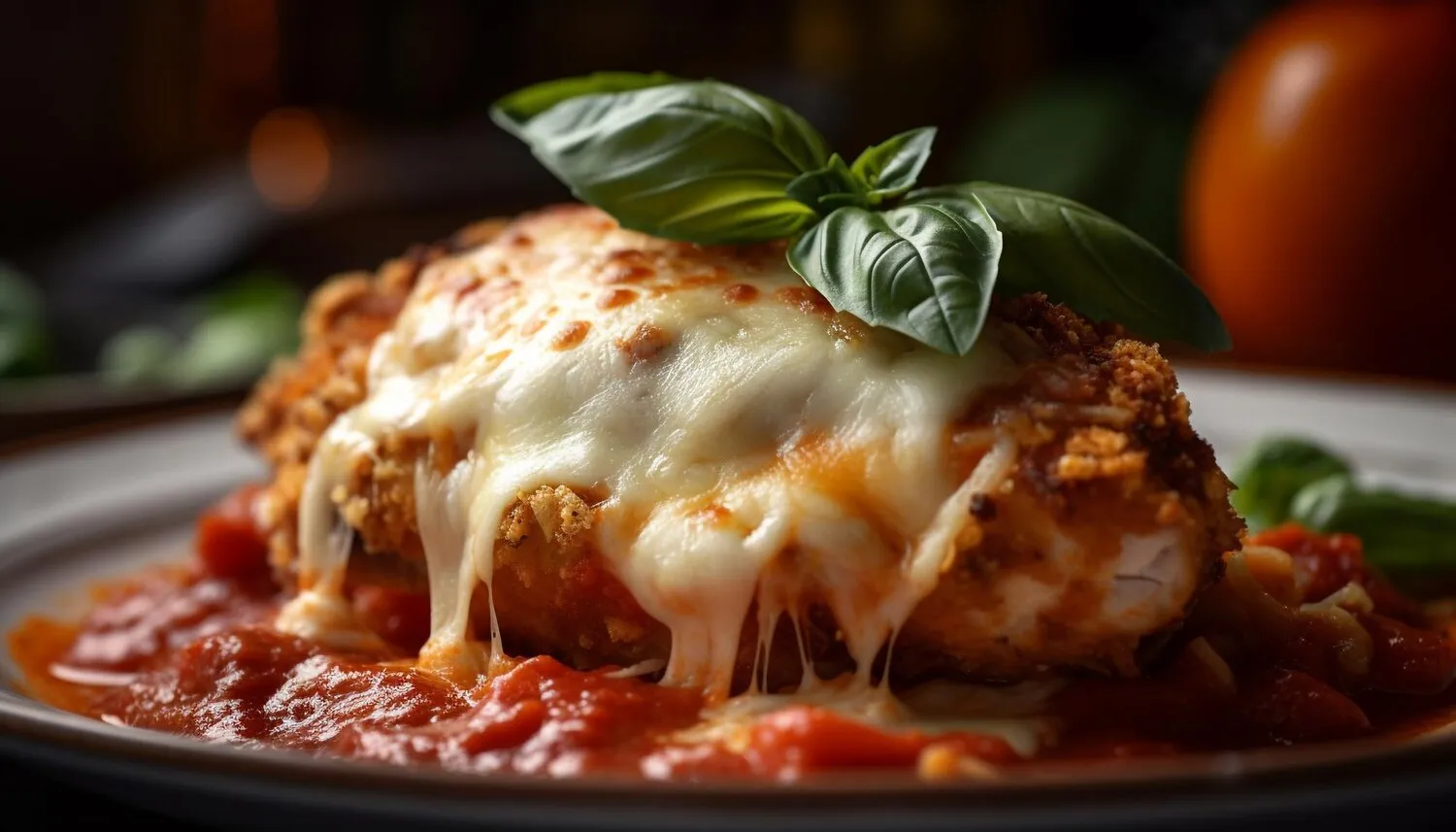
Foie Gras Micuit
House-made Foie Gras Micuit.
Nutrition Facts
* The % Daily Value (DV) tells you how much a nutrient in a serving of food contributes to a daily diet. 2,000 calories a day is used for general nutrition advice.
Narru
Foie gras has been enjoyed since ancient Egyptian times, where depictions of force-feeding birds were found. The practice was refined by the Romans and subsequently adopted and perfected in France, particularly in regions like Alsace and Périgord. Micuit, meaning 'half-cooked,' is a relatively modern preparation compared to traditional preserved foie gras.
Foie gras, especially in its micuit form, is a symbol of French culinary excellence and indulgence. It is often served during special occasions and celebrations, representing refinement and a sophisticated palate. Its preparation and consumption are deeply intertwined with French gastronomy and cultural identity.
Celebratory Dish
Foie gras micuit is frequently served during holidays such as Christmas and New Year's Eve in France. It is considered a luxury item and a treat.
Gastronomic Symbol
It represents the height of French culinary skill and is often featured in fine dining restaurants.
Regional Variations
While the basic concept remains the same, regional variations exist in terms of seasonings and accompanying ingredients, reflecting the local terroir and culinary traditions.
Foie gras micuit offers a rich, buttery, and intensely savory flavor profile with a slightly sweet aftertaste. Its luxurious texture melts in the mouth, providing a decadent experience.
The primary flavor is the pure, unctuous richness of the duck or goose liver. The 'half-cooked' method preserves the liver's delicate texture and intensifies its flavor. Seasonings are typically minimal, often limited to salt, pepper, and sometimes a touch of sugar, spices (like nutmeg or white pepper), or a spirit like cognac or Sauternes. The overall profile is smooth, decadent, and elegant.
Temperature Control
Maintaining a precise cooking temperature (typically between 50-60°C or 122-140°F) is crucial to prevent the foie gras from melting or becoming overly cooked.
Resting Time
Allowing the micuit to rest properly after cooking is essential for the flavors to meld and the texture to set. Refrigeration for at least 24 hours is recommended.
Serving Suggestions
Serve foie gras micuit chilled or lightly warmed, accompanied by toasted brioche, fig jam, or a sweet wine like Sauternes. The contrast of flavors and textures enhances the overall experience.
Deveining the Foie Gras
Carefully remove any visible veins from the foie gras before cooking to ensure a smooth texture.
Explore additional Classic dishes and restaurants
Explore ClassicDiscover top dining spots and culinary experiences in San Sebastián.
Explore San SebastiánLearn more about the food culture, restaurant scene, and culinary heritage of Spain.
Explore Spain